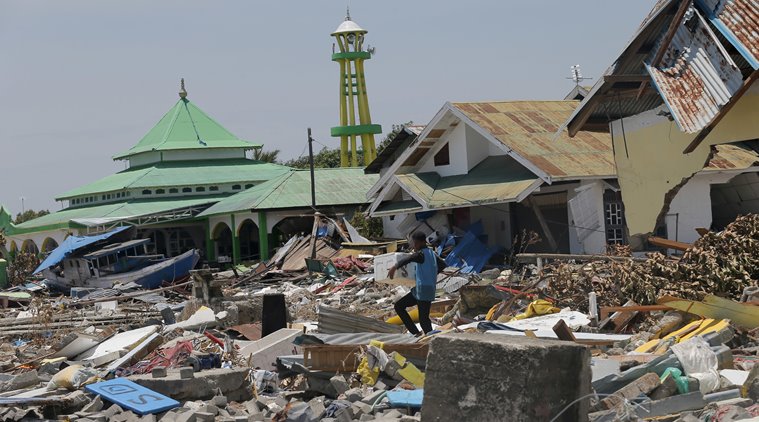 It has been too long since our last blog post. In the meantime we had a wonderful Advent season here in Bangladesh! We decided as a Medair team that we wanted to do a Advent devotional together, and found one written by Dietrich Bonhoeffer! Many of the writings were from Christmas sermons he had given, then complemented by writings to family, friends and his fiancée from prison before he was executed by the Nazis. This was really a meaningful addition to work and a great preparation for Christmas. One of the things that Christine & I love doing is adapting Christmas traditions to wherever we are living. So it was fun to find a Christmas tree of the same variety that we once had in Benin!
It has been too long since our last blog post. In the meantime we had a wonderful Advent season here in Bangladesh! We decided as a Medair team that we wanted to do a Advent devotional together, and found one written by Dietrich Bonhoeffer! Many of the writings were from Christmas sermons he had given, then complemented by writings to family, friends and his fiancée from prison before he was executed by the Nazis. This was really a meaningful addition to work and a great preparation for Christmas. One of the things that Christine & I love doing is adapting Christmas traditions to wherever we are living. So it was fun to find a Christmas tree of the same variety that we once had in Benin! |
| Our colleague, Robert (from Uganda), has pizza for the 1st time! |
On of the benefits of having a few days off around the Christmas season (primarily because our programs were shut down for a week because of elections here in Bangladesh) was that we were able to talk with all three of our kids who were in Minnesota over that time period. Anna's parents live in the Twin Cities, so Nathan and she were there for around 10 days. And so for around a week we talked with various combinations of kids each morning and each evening (we are currently exactly 12 hours ahead of MN, so our day was happening during their night). This was so special for us as we miss them so much! It was difficult to be away from them this Christmas, but speaking with them so often helped dull the pain of the absence a bit! This is a picture that we took on FaceTime during one of our conversations.
 |
| (from left to right - in case you don't recognize them) Lydia, Annika and Nathan |
You may have been read about the Rohingya in international news over the last 3 months as well. There was an aborted attempt to resettle a first group of Rohingya back in Myanmar when they simply refused to go. There was an outcry from the international community over what appeared to be a rushed effort (https://www.medair.org/42-ngos-warn-return-refugees-myanmar-now-dangerous-premature/). There have also been persistent reports of repression of their people in their home country and settling of other ethnic groups in Rohingya villages that were burned during the crackdown of 2018. All this has had a very sobering and unsettling effect on these people alongside whom we are walking.
Please pray/praise:
- Praise God for a wonderful Christmas time and relatively uneventful elections here in BGD.
- Pray for last issues to be resolved with our new landlord as we need to move into our new office/accommodation nearer the camps by the end of the month.
- Please keep the Rohingya in your prayers, that God's vision of shalom for them would be accomplished!













